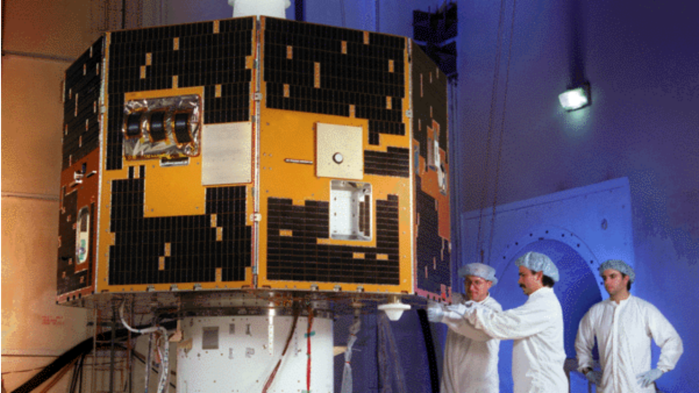
NASA has confirmed that the satellite signals received recently by an amateur astronomer indeed belong to the long-lost IMAGE satellite.
NASA scientists believe that they can regain control over the wandering satellite within one or two weeks as they need to develop the old software and information database further to suit modern systems.
Scientists at the Johns Hopkins Applied Physics Lab in Laurel, Maryland have successfully collected telemetry data from the satellite on January 30. These signals have matched with the spacecraft ID of IMAGE satellite.
NASA believes that at least the main control system in the craft is operational. Scientists and engineers at NASA's Goddard Space Flight Center in Greenbelt, Maryland will analyze the data to know the current state of the spacecraft.
Scott Tilley, an amateur astronomer who was working on signals from spy satellites received the signals on January 20, 2018, while searching for the U.S. Zuma satellite. He found that the signals came from the satellite labeled as "2000-017 A".
He later found that the signal's code resembled with NASA's Imager for Magnetopause-to-Aurora Global Exploration which had lost contact with its control stations prior to Christmas 2005. Tilley soon passed the information to the former members of the IMAGE's science team.
The $150 million worth IMAGE satellite had been launched on March 25, 2000, to its high-earth orbit to study the earth's magnetosphere and to create the first global image of plasma in the region. The mission failed in December 2005, due to a misfire of the controller which provides power to the satellite's transponder.
However, the possibility still existed that the mission might come back to its life by resetting itself at certain points in its orbit when earth eclipses its solar panels for a longer duration. Such eclipses had occurred last year and 5 years before which it might have drained its batteries giving life to the once-dead mission.
NASA's Goddard Space Flight Center in Greenbelt, Maryland, used five separate antennas to acquire radio frequency signals from the objects. All the 5 satellites observed signals at the expected center frequency, and from the sidebands which synchronize with the IMAGE. The signals also oscillated at the spin rate of IMAGE.
The major technical challenge for capturing and analyzing data signals is that the hardware and operating systems used by IMAGE Mission Operations Center does not currently exist. The systems were upgraded multiple times and they need to be reverse engineered significantly to establish a proper connection.
NASA will switch on the scientific instruments in the mission and understand the status of the mission. This will help to decide the future proceedings of the mission.









